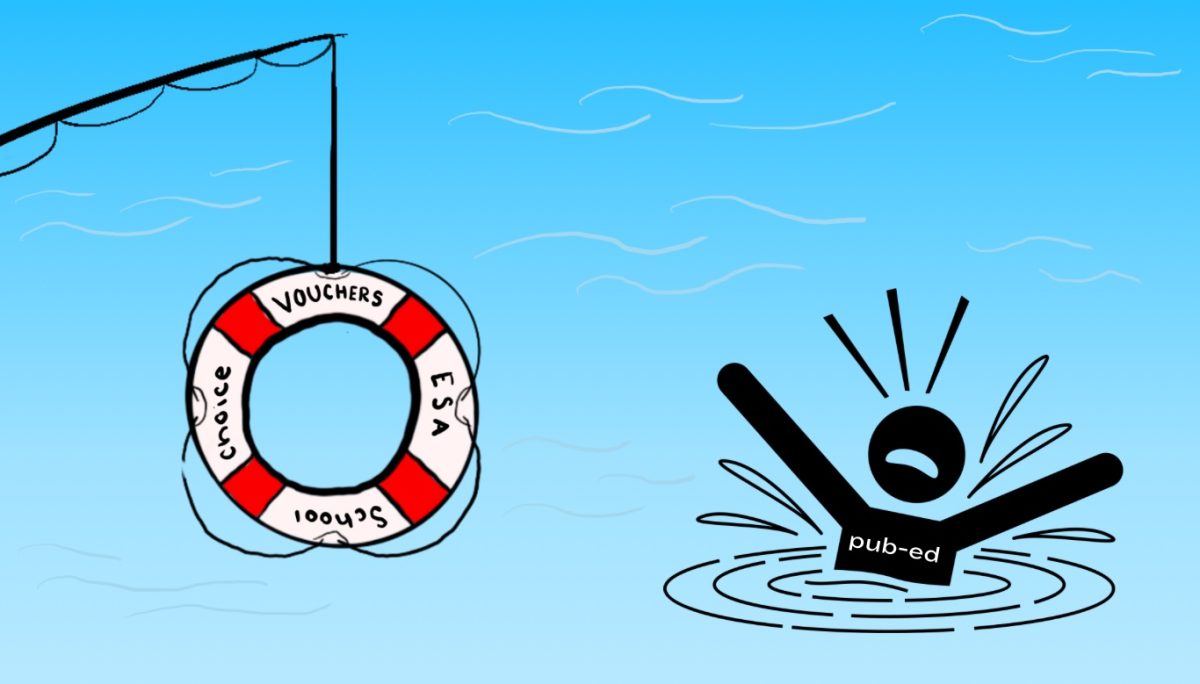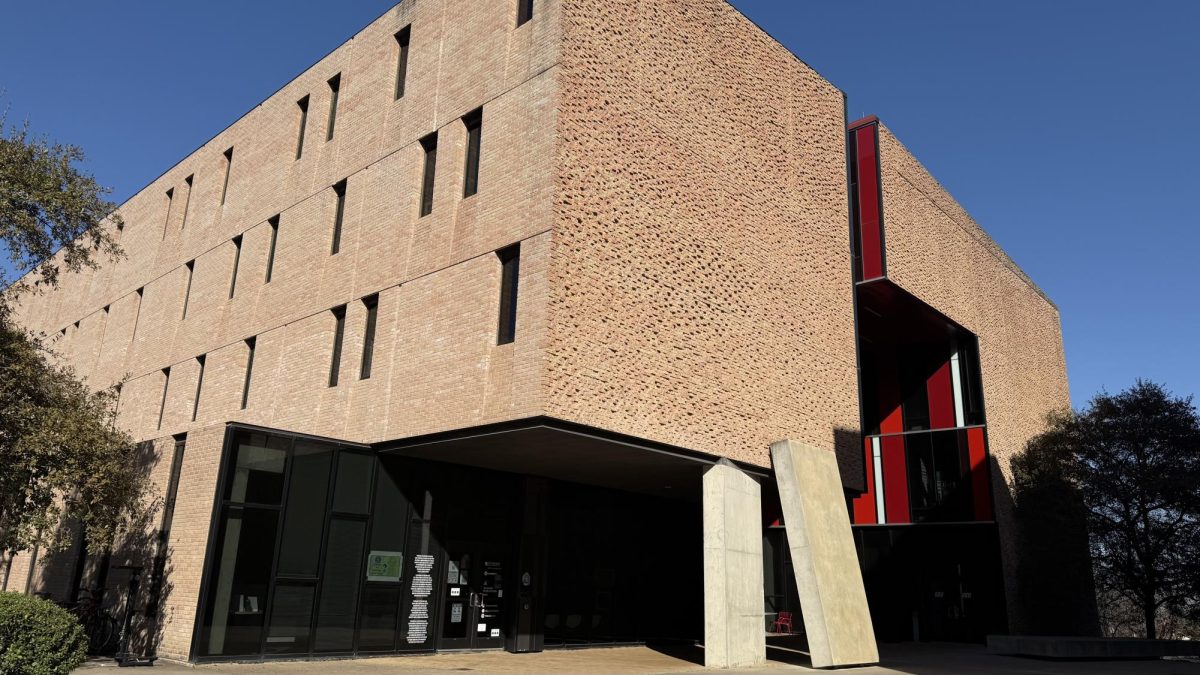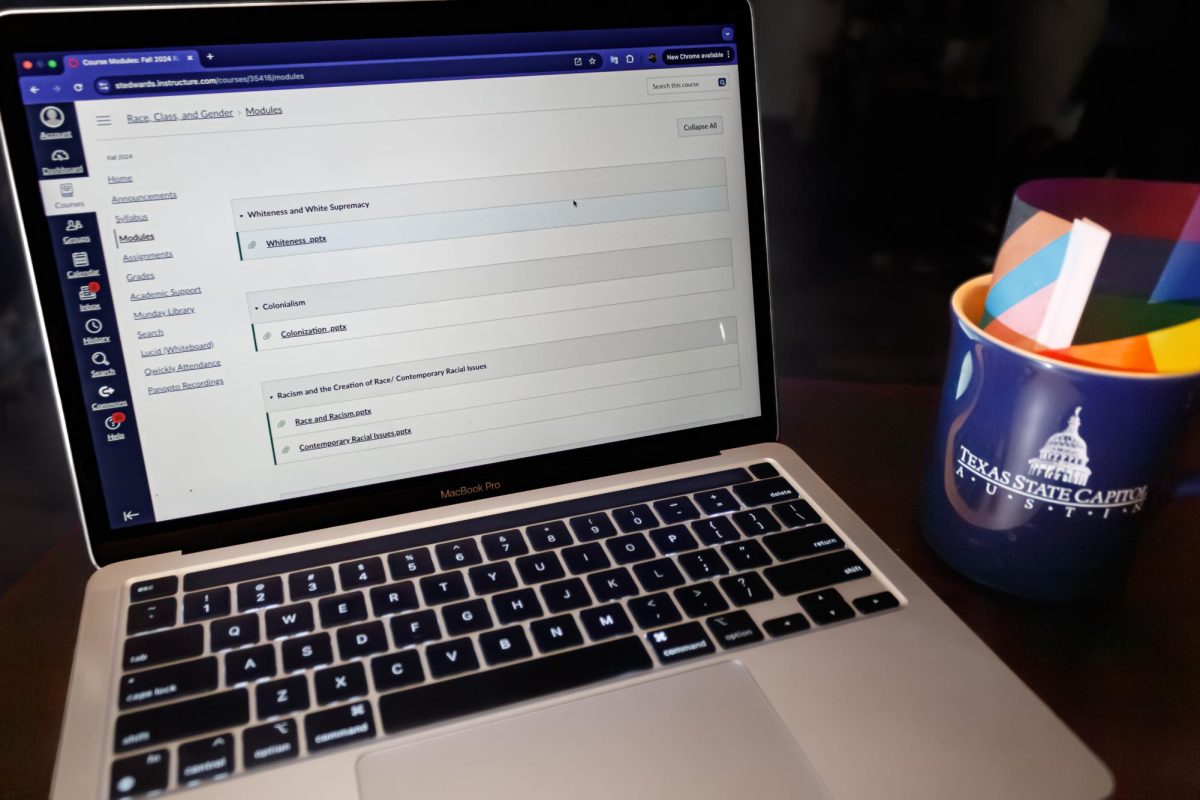The Texas House Committee on Public Education held a hearing centered around House Bill 3 (HB3) which is the companion bill to Senate Bill 2 (SB2) regarding educational savings accounts (ESAs) or, more commonly, vouchers. The hearing, which began at 8 a.m. on March 11, lasted until 7 a.m. on March 12, marking an exhausting and relentless 23-hour battle for legislators, advocates and hundreds of passionate citizens who traveled from all over Texas to fill the Capitol in opposition to HB3.
School Vouchers will drastically alter Texas’ education system, sparking debate amongst Texas lawmakers, educators and families. Yet, the core question of the proposed bills remains: Should taxpayer dollars be used to fund private and/or homeschool education, even at the expense of public schools?
We as Texans must decide: should we allow billions in taxpayer money to be funneled into private education, or should we invest in strengthening the schools that serve the vast majority of students? The future of Texas education is on the line, and the time to act is now. After spending 21 grueling hours at the Capitol, it’s rather clear to me that this battle is far from over. The future of Texas’ education system is at stake, and every Texan has a role to play in shaping it.
So what is really occurring with these bills?
On the episode ‘SB2 vs. HB3: Comparing Texas ESA Bills’ of the podcast ‘140 Days,’ host Michael Mireles and featured guest Victoria Fajardo provided a detailed comparison of HB3 and SB2, breaking down the key differences and the potential implications for Texas Students and public schools.
In their podcast, Mireles and Fajardo outlined the order of prioritization for ESAs should the demand exceed available funding. SB2 prioritizes 80% of its spots for students who attended public schools for at least 90% of the prior year, come from lower-income households, or have disabilities, with the remaining 20% open to all eligible applicants.
Additionally, SB2 includes a provision nicknamed the ‘representative clause’ which would exclude eligibility from children of state lawmakers and statewide elected officials from participating in the program. HB3, however, uses a tiered lottery system. First priority goes to children with disabilities, followed by those in households at or 500% below the federal poverty line. Next are children from households at or 200% below the poverty line, then those in households between 200% and 500% of the guideline. Finally, all other applicants are considered, including the children of state-wide officials and lawmakers. Aside from the representative clause, both SB2 and HB3 have similar eligibility criteria: students must have attended a public school previously or be eligible for pre-K.
SB2 and HB3 also differ in their funding allocation. SB2 proposes a flat $10,000 per student, whereas HB3 links funding to a percentage of the average public school per-student expenditure. According to the Texas Tribune, the average state allocation per public school student (excluding federal funds) is $12,815, meaning HB3 voucher recipients would receive approximately $10,893 per year. For students with disabilities, SB2 caps ESA funds at $20,000, while HB3 sets a higher limit at $30,000. Homeschooled students receive $2,000 annually under both bills, but HB3 includes an additional $500 if the student has a disability.
The Legislative Budget Board estimates the voucher program could cost Texas $4.5 billion by 2030. However, this analysis does not consider the broader effects on public schools. Since public school funding is based on enrollment, voucher programs could lead to significant budget cuts. For example, an analysis by EveryTexan projects Austin ISD’s financial losses could range from nearly $6 million with 1% voucher participation to almost $30 million at 5%. These reductions could lead to fewer resources, staff reductions, program eliminations and larger class sizes in affected districts.
The debate over HB3 and SB2 highlights a growing ideological divide in Texas — one where advocates of school choice push for privatization while public school supporters warn of devastating consequences for millions of students. While supporters argue that ESAs provide families with greater educational flexibility, opponents warn of the long-term financial consequences for public education.
With the future of Texas schools on the line, tensions in the K-12 education atmosphere continue to rise. Public educators and administrators fear for the futures of their field. Now it’s up to Texans: should we support educational savings accounts and how they illude to school choice? The time is now Texas — contact your lawmakers today!








